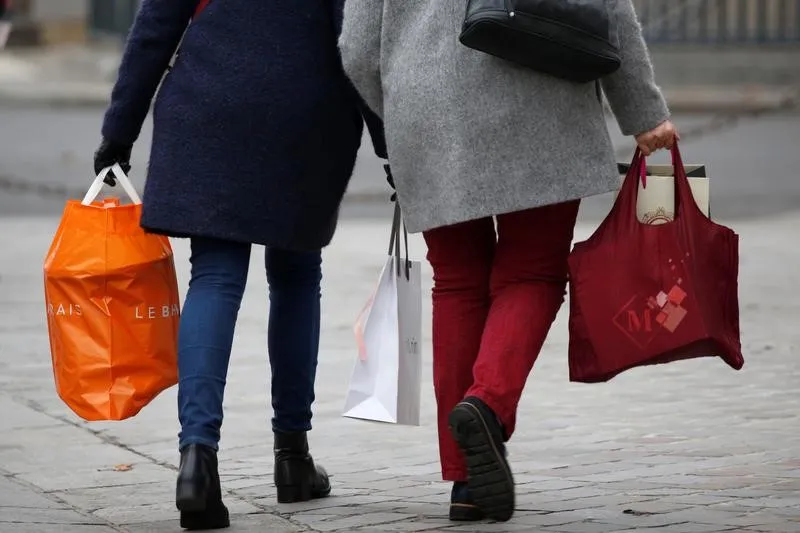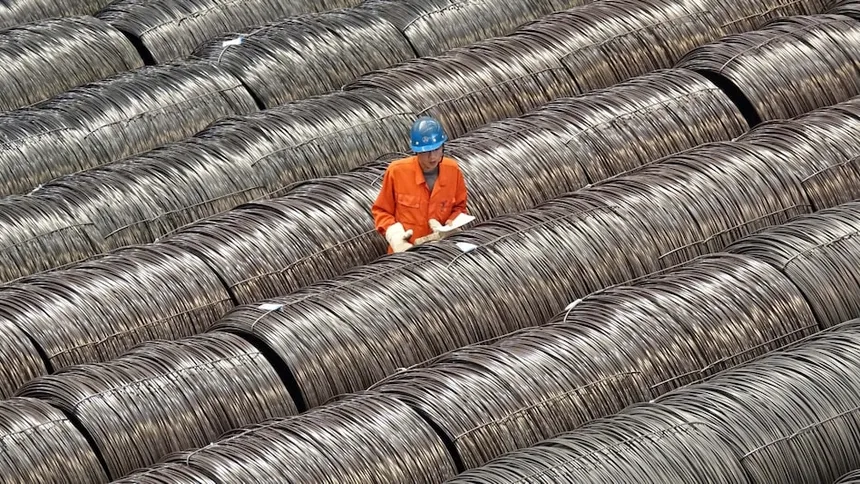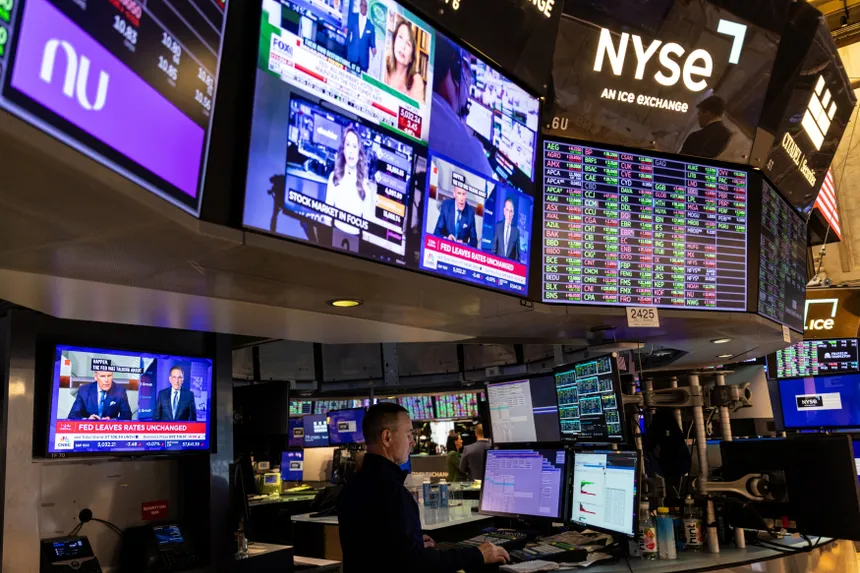
In the second quarter, the U.S. economy saw an uptick as consumer spending rose, businesses ramped up investments in equipment and inventories, and inflation eased.
The Commerce Department reported on Thursday that the gross domestic product (GDP) of the U.S., which measures the value of all goods and services produced and adjusts for inflation and seasonality, increased at an annual rate of 2.8% from April to June. This figure surpasses the 1.4% growth rate of the first quarter and significantly exceeds the 2.1% rate predicted by economists.
Household spending, which is the primary engine of the U.S. economy, grew at a 2.3% rate in the second quarter, up from 1.5% in the first quarter. This growth was driven by an increase in spending on goods, while spending on services saw a slight moderation.
The report indicates that the U.S. economy is maintaining a strong position. As one of the final significant economic assessments before the Federal Reserve’s policy meeting on July 30-31, it will likely influence their decision to keep interest rates unchanged at the upcoming meeting.
Stephen Brown, an economist at Capital Economics, noted in a client briefing that the unexpectedly strong 2.8% annualized GDP growth in the second quarter might reassure the Fed about maintaining current policies in their upcoming meeting. However, he also highlighted that the easing labor market conditions and indications of slower price growth support the argument for a potential rate cut in September.
Increased consumer and business spending counterbalanced the negative impacts of reduced residential investment. Typically the busiest period for the housing market, the spring home-buying season underperformed due to high prices and elevated mortgage rates. June saw a fourth consecutive month of declining existing home sales, with record-high prices preventing many potential buyers from entering the market.
A crucial area of business spending saw an increase: Nonresidential fixed investment, which includes expenditures on commercial construction, equipment, and software, grew at a 5.2% rate. This was driven by an 11.6% rise in equipment spending, although spending on structures decreased. The personal consumption expenditures price index, excluding the volatile food and energy prices, rose by 2.9% on an annualized basis in the second quarter, down from 3.7% in the first quarter.
Following the report, stock futures remained relatively unchanged. Consumer spending, adjusted for inflation, increased at an annualized rate of 2.3% in the second quarter, up from 1.5% in the first quarter. This growth was driven by Americans increasing their spending on goods.

Read More: Sean Payton acclaims dependability of fullback Michael Burton
Business investment grew at a rate of 5.2%, an increase from the first quarter, driven by higher spending on equipment. Thursday’s report offers a glimpse into the economy’s performance two years after surging inflation prompted the Federal Reserve to raise interest rates at an unprecedented pace. These higher rates aim to slow down economic activity.
Despite the U.S. performing well by many metrics and a slowdown in inflation, many Americans remain frustrated by the significant increase in prices for groceries, cars, and homes compared to a few years ago.
While recession forecasts have diminished, signs of economic weakness persist.
The once-booming job market, which enabled millions of Americans to find higher-paying or more suitable positions, is beginning to cool. While the unemployment rate remains historically low, the pace of job creation slowed in the second quarter compared to the first.
Consumers are also grappling with increasing challenges due to persistently high borrowing costs.
Organizations are flagging that shoppers are turning out to be progressively stressed. Bundled food pioneers PepsiCo and Conagra Brands revealed feeble quarterly outcomes recently and noticed that U.S. customers are under pressure. Furthermore, Joined Package Administration as of late updated its income gauge for the year, refering to a shift by clients towards additional conservative choices, for example, more slow ground conveyance administrations.
“At Etsy’s annual shareholders meeting last month, CEO Josh Silverman observed, ‘Currently, many consumers are feeling financially strained, with low confidence in the economy and reduced spending on non-essential items.’ He remained optimistic, however, adding, ‘We believe this challenging period will eventually pass.”

